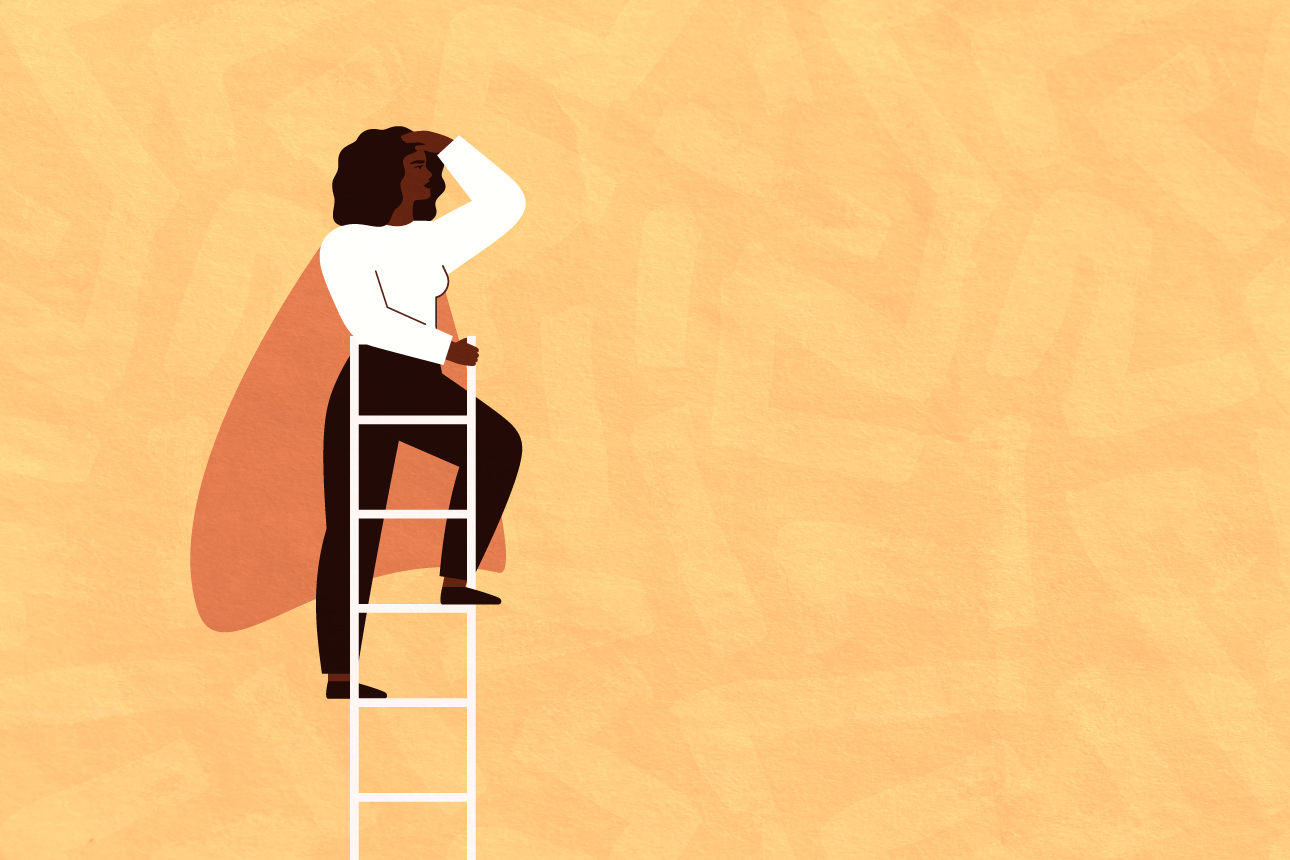Unleash the Superpowers of Your ‘One and Onlys’

Topics
Column

“Jackie Robinson syndrome” is the condition where, as a member of an underrepresented group, you are the first in something, the “One and Only,” and there is a perception that you must be both exceptional and perform at a higher standard than others. (This “syndrome” is named for the American superstar athlete who, in 1947, became the first Black player invited into Major League Baseball.) Many who operate with this status are often seen as anomalies.
Although embracing these anomalous qualities can cause isolation, especially at the beginning, as anomalies continue to survive, over time they set new baselines for “normal.” One and Onlys are often seen as trailblazers because they show us what is possible. They instinctively understand this human peculiarity: They work hard to embrace their differences, to stand out and not blend in. When One and Onlys live their lives always being different, it means they inherently have learned to think outside the box.
Providing support for unique employees doesn’t come naturally in most organizations. There can be bias against embracing the exceptions, even though they are exceptional. But One and Onlys have the power to lead change, which organizations should embrace and provide scaffolds to amplify.
Get Updates on Transformative Leadership
Evidence-based resources that can help you lead your team more effectively, delivered to your inbox monthly.
Please enter a valid email address
Thank you for signing up
The Bias Against Outliers
In the engineering world, we are typically encouraged to get rid of anomalies. Since they can negatively impact our data analysis or how we design a normative solution, anomalies are often discarded.
This bias against outliers and difficult-to-measure data can get baked into processes in extremely detrimental ways. In 1977, for instance, a U.S. Food and Drug Administration policy recommended excluding women of childbearing age from early drug trials following the discovery that a drug used to prevent morning sickness could cause severe birth defects, such as missing limbs. Many absurdities ensued, including a study on whether hormone therapy was an effective treatment for mitigating heart disease after menopause that had 8,341 men enrolled and zero women. It wasn’t until 1993 that the FDA explicitly reversed the recommendations from its 1977 policy. The damage they caused has yet to be fully resolved, because most of the advances the medical sciences have made are still rooted in original studies involving the male body exclusively. A
